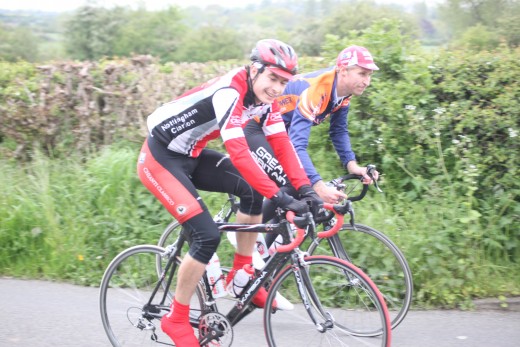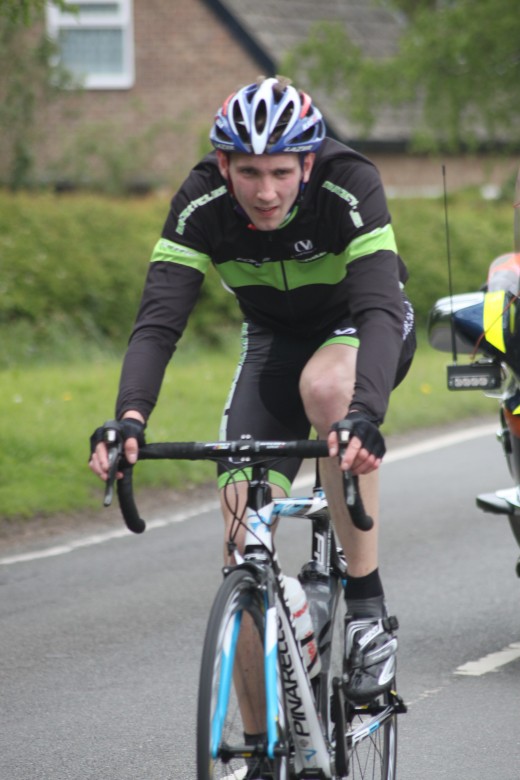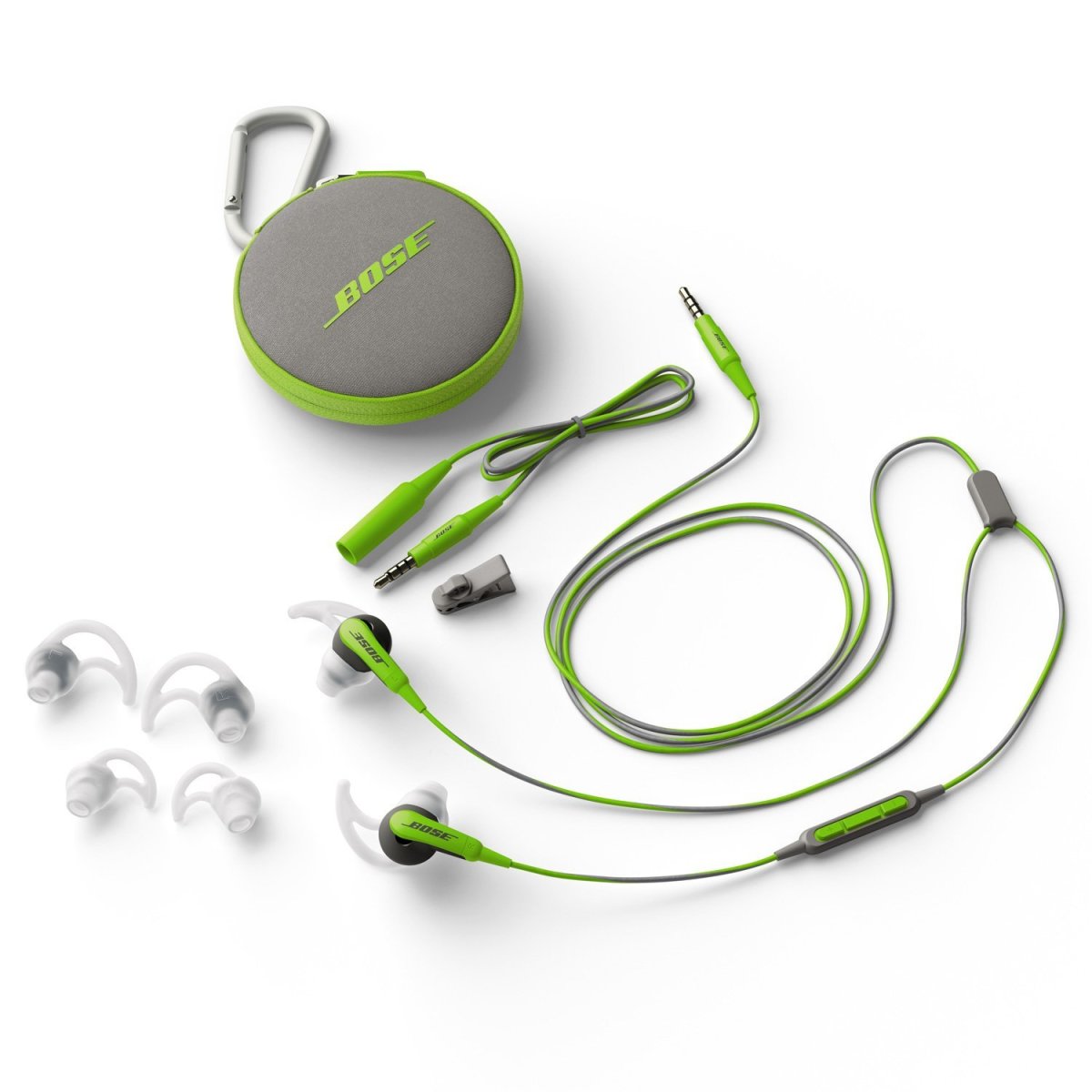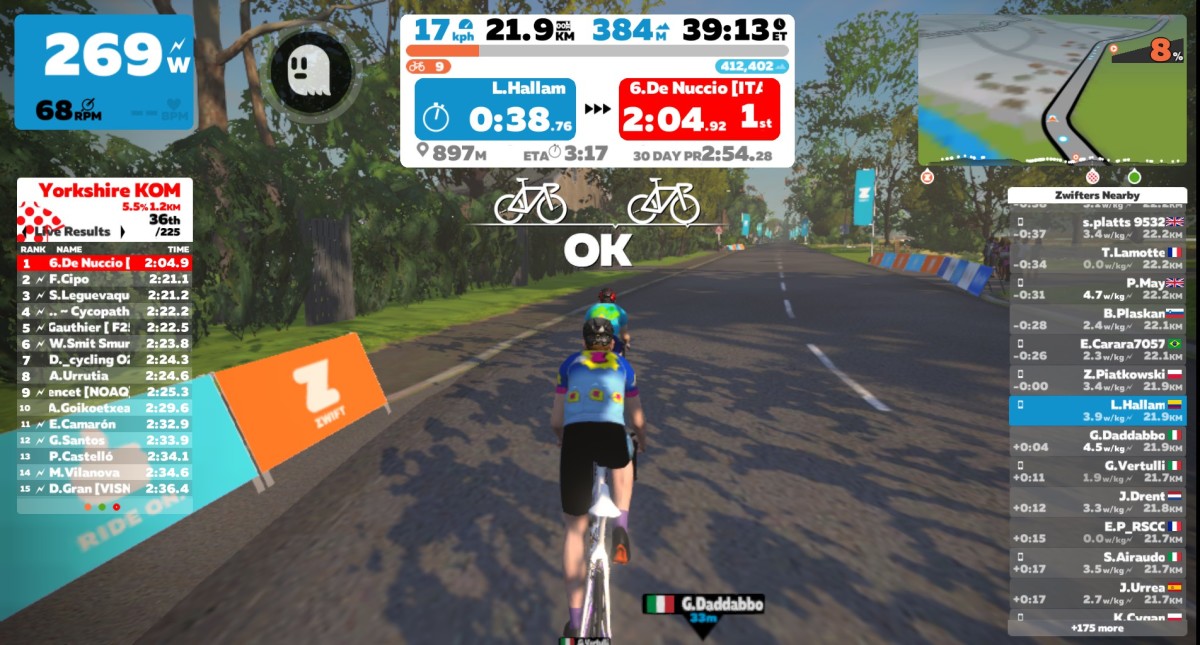Road Etiquette To Stay Safe On A Bicycle Commute Or Training Ride

A guide to safe bicycle commuting and riding practices
There's a lot of information out there for newcomers to bicycle commuting and as a cyclist that has been involved in the sport for a large number of years as well as regularly cycling to work it's easy to see how beginners can be bombarded by information when they're simply going to ride a bike.
Below is a brief guide to safe bicycle commuting and behaviour while riding your bicycle
Correct road etiquette for commuter cyclists
Unfortunately many commuter cyclists give the weekend warriors and competitive cyclists out there a bad name through erratic riding, running red lights and generally riding like idiots.
Cyclists should always follow the rules of the road in their respective country
- Never cycle against traffic
Runners and walkers on quite roads with no sidewalk are recommended to travel against traffic along the carriageway however this is a complete NO for cyclists.
- Never cycle through a red light
I doubt that there is any country in the world where a stop sign doesn't apply to cyclists so if there's a red light a cyclist should wait for it to turn green again before proceeding. This also means that the cyclist should NOT use this as an opportunity to hop up onto the pavement to steal a march on the line of traffic behind.
- Cycle lanes are great when safe to use
If the local authorities have the decency to put a cycle lane in place it is recommendable to use them where it is safe to do so. Cycle lanes help draw a cyclist away from areas of heavy and fast moving traffic and can either be a section to the inside of the main road carriageway or a separate lane. Sometimes the separate lanes are an adapted section of the pavement away from the road and this can on some occasions be unsafe for fast travelling road cyclists who would be better suited to riding on the main road carriageways.
- Position yourself around 20-40 cm away from the kerb while riding on the road
Novice commuter cyclists often ride in the gutter of the road and are left fighting with poor road surfaces and drain covers. By moving slightly outwards from the kerbside the surface is often significantly smoother and there are fewer rough sections to manoeuvre around without the risk of punctures.
- Always signal before you make any deviations in movement
As a cyclist you have to be a responsible road users. To often commuter cyclists simply pull over to the opposite side of the road without warning to other road users. That car behind you may have been ill at home the day they studied mind reading at school. Therefore it is imperative that a cyclist signals early and clearly to show other road users the direction they will be travelling in the same manner a car driver is expected to indicate.
Follow proper cycling etiquette to stay safe on the roads

Cycling etiquette on footpaths, bridleways, byways and other rights of way
As a cyclist it is your responsibility to use the right causeway or road which you have legal access to for your training rides or commutes. Usually canal towpaths are designated as bridleways however it's recommended to check any local requirements
Cycling on Cycle Tracks and Pavements
Sadly it is illegal for a cyclist to ride on any pavement where there is no sign designating you to do so. If the path is signposted as segregated into separate lanes then it is the cyclists responsibility to stick to their designated side. If the path is unsegrated the cyclist must show caution to other users such as pedestrians.
Cycling on Bridleways
Bridleways differ from footpaths in that a cyclist is allowed to ride on them however must ensure they give way to horse-riders and pedestrians.
Cycling on Byways
In cases of Byways Open To All Traffic (BOATS) cyclists may use these with due care and attention. Cyclists are also able to ride on restricted byways as well.
Make sure other road users can see you from a distance
I've never seen a source that tells a commuter cyclist that everything they own must be hi-viz and reflective yet see plenty riding along the ring road that i'm beginning to think that many bike shops only sell cycling clothing and accessories in fluorescent yellow.
- Wear some eye-catching colours when you ride
You very rarely see a competitive road cyclist training in hi viz clothing and they generally spend more time out cycling on quiet country road where visibility might be an issue. Ropad cyclists seem to have learnt that by wearing some bold coloured items alongside the traditional black cycling shorts or bib-tights will help you be visible to cars and other road users.
- Always use a stationary red rear light as well as any 'blinkies' for visibility from distance
The human brain is remarkable however it has an unfortunate flaw when it comes to depth perception- it needs to be able to constantly make out an object to determine it's distance away. Therefore when riding in the dark of night or early morning when visible light is limited a flashing rear light may lead to a risk of the driver struggling to establish exactly how far away in the distance you are.
Once you have a stationary red light in place you can then use flashing red LED's to help drivers to notice you from great distances. There's nothing wrong with looking like a Christmas tree from a distance if drivers know you're there.
- Reflective items additionally help drivers see you from close up
Many commuter cyclists go overboard on reflective items. These can help a driver see you from relatively close up however you really need a good set of lights to catch a drivers' attention. Use relective items to supplement your visibility to other road users
Always wear a helmet while cycling which meets recognised standards
Cyclists don't have the protective cocoon around them that's available to car users and therefore it's advisable to always wear a cycling helmet on your commutes or training rides. While it's easy to argue that a cycling helmet will only protect you in a small number of situations in many areas of the world (and many US States) cycling helmets are a legal requirement.
If you're buying a helmet make sure
- Your bicycle helmet conforms to the relevant national safety standards (US DOT standards, ANSI Standard Z90.4; the British Standard is BS EN 1078:1997)
- Your helmet should have a relatively a snug fit and be positioned squarely on your head
- Your helmet should also be positioned without any tilt above the eyebrows.
- Your straps should fasten with enough space to fit two fingers below the chin strap.
For more on Cycling Helmet standards visit USA cycling's helmet guidelines
Wishing you all safe cycling
We hope these cycling etiquette rules will help with your commute or training rides and keep you safe while cycling
Liam Hallam (CyclingFitness on Hubpages)






